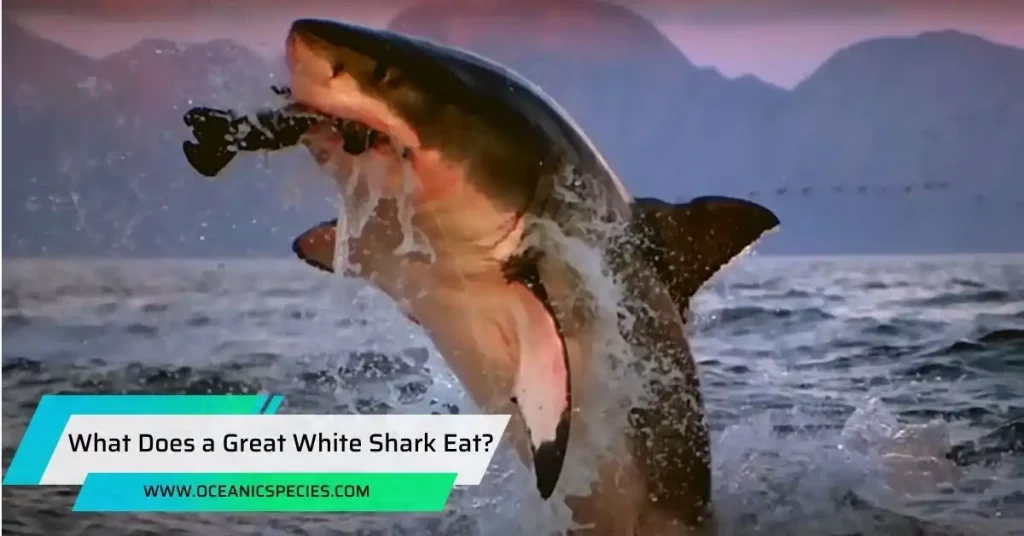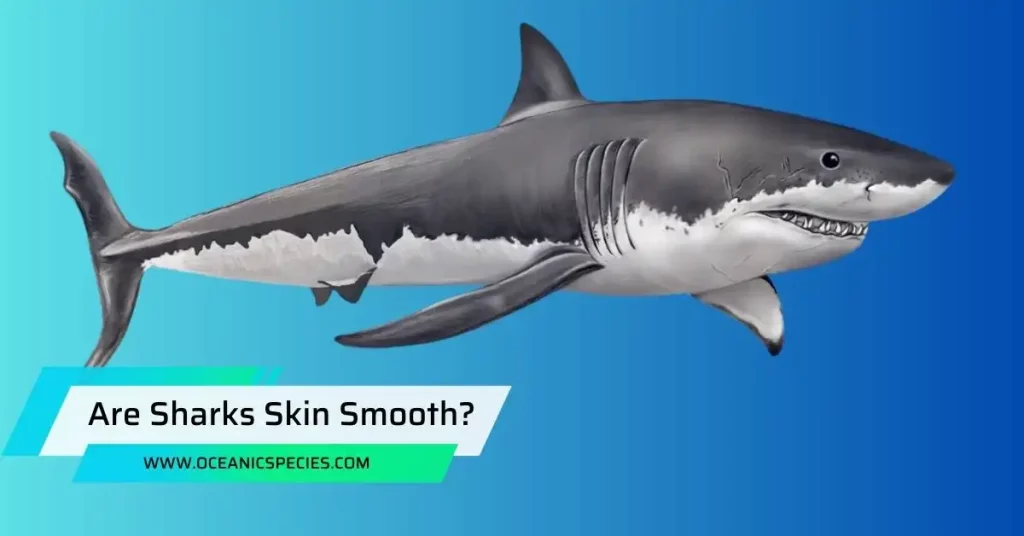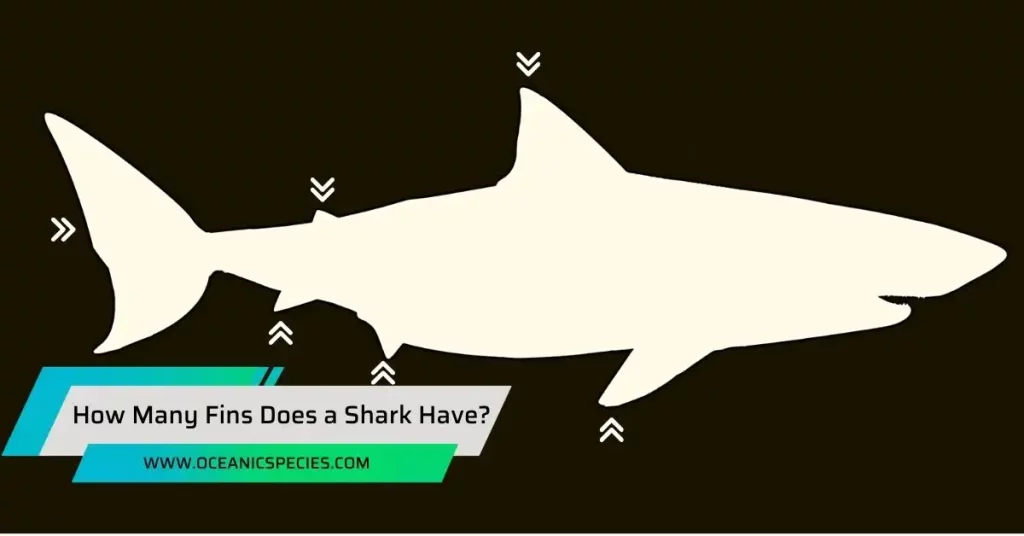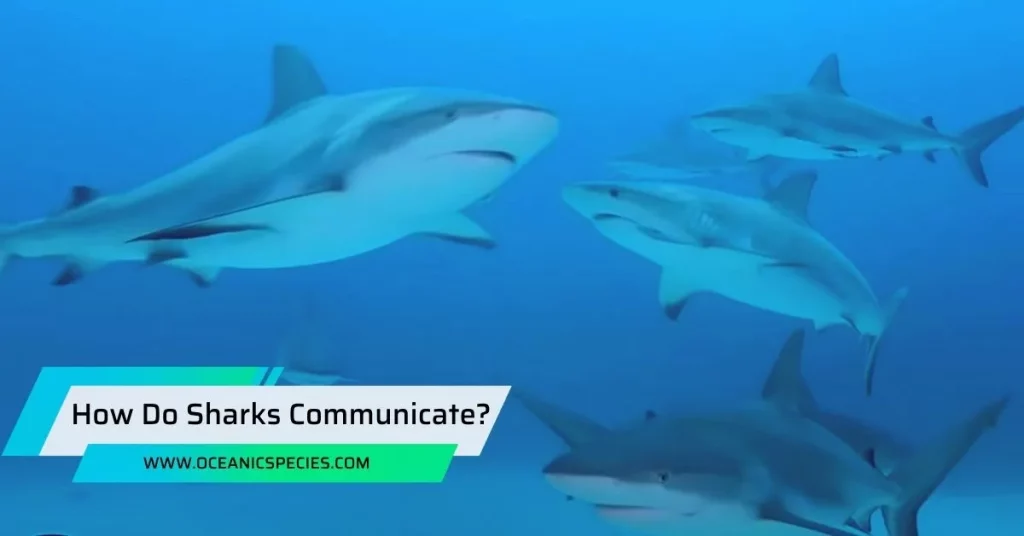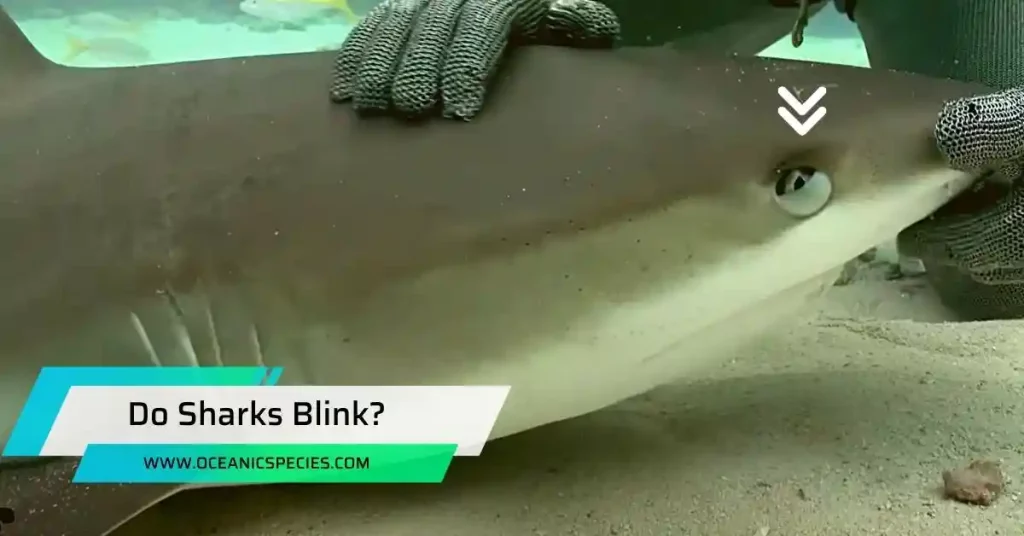The great white shark primarily feeds on marine mammals and large fish. Great white sharks are renowned predators that inhabit oceans across the globe.
With their incredible size and power, they have established their reputation as apex predators. One of the most fascinating aspects of their behavior is their diet. Great white sharks have a diverse menu, but their primary food sources are marine mammals such as seals and sea lions.
Despite their ferocious reputation, great white sharks are an important part of the ocean ecosystem, playing a crucial role in maintaining the balance and health of marine life.
Surprising Facts About The Great White Shark’S Eating Habits

- Great white sharks are opportunistic predators, meaning they are not picky eaters and will devour a wide variety of prey.
- While their diet primarily consists of marine mammals such as seals and sea lions, these sharks are known to consume other fish species as well.
- One of the most fascinating aspects of the great white shark’s diet is its occasional consumption of seabirds. These aerial creatures become unsuspecting victims when they dip into the ocean for food.
- Contrary to popular belief, the great white shark does not chew its food. Instead, it uses its powerful jaws and serrated teeth to tear off chunks of flesh that it then swallows whole.
- Despite their massive size, great white sharks do not need to eat every day. In fact, they can go several weeks between meals, depending on the availability of prey in their hunting grounds.
- These apex predators are known for their ability to launch surprise attacks on unsuspecting prey. They use a technique called “breaching,” where they burst out of the water to catch their victims off guard.
- Great white sharks have an incredible sense of smell, allowing them to detect even the faintest traces of blood. This keen sense is a crucial tool in locating potential meals in their vast ocean habitats.
Understanding The Diverse Range Of Prey Species

The great white shark, known as one of the ocean’s apex predators, has a varied diet that showcases its incredible adaptability and hunting prowess.
The primary diet of a great white shark consists of marine mammals, such as seals and sea lions. They possess impressive power and agility, allowing them to hunt and capture these swift creatures. Fish play a significant role in the great white shark’s food chain. Various species like tuna, rays, and smaller sharks make for a tasty meal for these formidable predators.
Cephalopods, including squid and octopus, also form a part of the great white shark’s diet. With their tentacles and impressive camouflage abilities, these prey species provide an interesting challenge for the shark’s hunting strategies.
Additionally, the great white shark opportunistically feeds on carcasses of dead marine animals, which aids in the decomposition process and ensures efficient recycling of nutrients within the ocean ecosystem.
Highlighting The Fascinating Hunting Strategies Employed By The Shark

:The great white shark often relies on a method called “ambush predation.” With incredible stealth, it lurks near the water’s surface, blending in with the sunlight filtering through the waves. Its dark upper body disguises it from potential prey beneath, while its white underbelly renders it nearly invisible to targets swimming above.
In addition to ambush tactics, the great white shark can use a rapid vertical burst of speed, propelled by its powerful tail, to surprise its prey from below. This explosive burst allows it to breach the water’s surface, delivering a powerful bite to immobilize its target.
The great white shark’s sensory capabilities also contribute significantly to its hunting success. Its keen sense of smell can detect even a minuscule amount of blood, guiding it toward potential meals over vast distances.
Tail-slapping and breaching are other hunting behaviors sometimes observed in great white sharks. While the exact purpose of these behaviors remains unknown, they may serve as a means of communication, prey disorientation, or stunning prey with shockwaves.
Seal Hunting: A Primary Food Source For The Great White Shark

Great white sharks, renowned predators of the ocean, have a diverse diet consisting mainly of seals. These impressive creatures possess remarkable hunting strategies, enabling them to target seals with exceptional precision.
Great white sharks rely on their acute senses, particularly their incredible sense of smell, to detect seals from afar. They can detect the faintest traces of blood and other scents in the water, which guide them towards large seal colonies or individual prey.
Once in close proximity, these stealthy hunters employ a tactic known as “stalk and ambush.” With careful movements and calculated bursts of speed, they surprise their unsuspecting prey.
The great white shark’s powerful jaw and serrated teeth are specifically designed to secure a firm grip on struggling seals, ensuring successful capture.
Not only are seals a primary food source for these sharks, but they are also crucial in terms of nutrition and energy requirements. The blubber of seals, rich in fats, provides the sharks with a concentrated source of energy, essential for their survival in the harsh marine environment.
The Vital Role Seals Play In The Predator’S Diet
Seals hold significant importance in the diet of great white sharks, providing essential nutrients and energy crucial for their survival.
Seals are rich in blubber, a high-energy source of fat. This enables great white sharks to sustain themselves for extended periods between feeding opportunities, as they can metabolize this fat for energy reserves.
The consumption of seals supports the growth and development of great white shark populations, ensuring their continuation as apex predators in the marine ecosystem.
Additionally, seals contribute to the overall balance of marine food chains. By feeding on fish and smaller marine organisms, seals prevent exponential population growth, maintaining aquatic biodiversity.
Any alterations in the availability of seals as a food source can have significant implications for the great white shark population, potentially causing shifts in their migratory patterns and behavior.
Dolphins And Porpoises: Secondary Prey For The Fearsome Predator

Dolphins and porpoises, despite not being the primary prey for great white sharks, are still considered secondary prey due to their abundance in certain areas and their vulnerability. Great white sharks are opportunistic hunters and will seize any chance to feed. If a dolphin or porpoise happens to cross their path, they will not hesitate to indulge in a potential meal.
The size and agility of dolphins and porpoises attract the great white shark’s attention. Their sleek bodies allow them to swiftly cut through the water, making them a challenging target for the shark. Dolphins and porpoises often travel in groups called pods. These social gatherings present an enticing opportunity for the shark to secure multiple prey items in one attempt.
Understanding the factors that make them appealing targets for the shark
When it comes to hunting marine mammals, great white sharks have distinct preferences. Dolphins and porpoises possess several factors that make them appealing targets:
- Size: Dolphins and porpoises come in various sizes, but even the larger ones are still relatively smaller compared to other marine mammals in the same habitat. This makes them easier for the shark to handle during an attack.
- Surface behavior: Dolphins and porpoises frequently breach and display acrobatic maneuvers on the ocean’s surface. These behaviors can attract the attention of the shark, giving it an advantage in locating its potential prey.
- Sensory abilities: Dolphins and porpoises rely heavily on echolocation, using sound waves to navigate and locate food. However, this also exposes them to the shark’s acute sense of hearing, making it easier for the predator to detect their presence.
The challenges faced by the great white shark when hunting these mammals
Hunting dolphins and porpoises is not without its challenges for the great white shark. They encounter various obstacles during their pursuit:
- Speed and agility: Dolphins and porpoises are known for their exceptional speed and agility, enabling them to evade predation. This poses a challenge for the great white shark, as catching up with these fast-moving mammals requires immense power and precision.
- Group cohesion: Dolphins and porpoises tend to stay close and protective of each other, forming tight-knit pods. Their synchronized movements and coordinated defense strategies make it harder for the shark to single out an individual target.
- Intelligence and evasion tactics: Dolphins, known for their high level of intelligence, possess an array of evasion tactics. They can confuse the predator by rapidly changing directions, jumping out of the water, or using their strength to fight back.
Unveiling The Great White Shark’S Diet Of Fish
In this section, we will delve into the intriguing world of the great white shark’s diet and explore the crucial role that fish play in its diet and the ecological balance of their habitat.
Investigating The Variety Of Fish Species Consumed By The Shark
The great white shark is known to consume a vast range of fish species, showcasing its adaptability and opportunistic feeding behavior. Some of the fish species commonly found in the diet of the great white shark include tuna, mackerel, herring, sardines, and even smaller sharks.
The shark’s preference for specific fish species may vary depending on factors such as availability, migratory patterns, and local ecosystem dynamics. Deep-sea fish, such as lanternfish and anglerfish, are also part of the great white shark’s diet, highlighting its ability to traverse various depths in search of food.
The Role Of Fish In The Predator’S Diet And Ecological Balance
Fish play a fundamental role in the diet of the great white shark, providing essential nutrients and energy for its survival and growth. As apex predators, great white sharks regulate the population of fish species in their environment, contributing to the ecological balance of their marine ecosystems.
By preying on various fish species, the great white shark helps shape the distribution and abundance of these populations, preventing overpopulation or dominance of certain species. Moreover, the consumption of fish by the great white shark affects the overall marine food web, influencing the abundance and behavior of other marine organisms within the ecosystem.
Comparing The Hunting Techniques Used For Fish Versus Other Prey

When it comes to hunting fish, the great white shark employs specific techniques tailored to its prey. With keen senses, including electroreception and exceptional vision, the shark detects the movements and vibrations of fish in its surroundings.
Once the prey is identified, the great white shark often employs a combination of stealthy maneuvers, bursts of speed, and powerful bites to immobilize and consume its fish prey.
The hunting techniques used by the great white shark for fish differ from those employed for other prey, such as marine mammals or pinnipeds. With larger prey, the shark often resorts to ambush tactics, relying on its strength and speed to overpower the target.
Diving Into The Lesser-Known Prey Items Of The Great White Shark

The great white shark is renowned for its impressive hunting skills and its ability to take down large marine creatures. However, this fearsome predator also has some surprising prey items on its menu. Let’s explore some of the lesser-known food choices of the great white shark.
- Squid: Although not as exotic as some of the other prey items, squid are actually a common part of the great white shark’s diet. These cephalopods make up a significant portion of their meals, thanks to their abundance in the ocean.
- Sea turtles: While sea turtles may seem like a tough target, the great white shark has been known to hunt and consume them. The powerful jaws of this predator can easily tear through the tough shells, allowing them to savor the nutritious flesh inside.
- Sea lions: These playful creatures may seem innocent, but they can also become prey for the great white shark. Sea lions venture into the waters, often drawing the attention of these apex predators. With their agile swimming skills and powerful bodies, sea lions can become a challenging target for the great white shark.
- Stingrays: Despite their flattened shape and venomous stingers, stingrays are not safe from the great white shark. This predator is known to feed on stingrays, utilizing its sharp teeth to crush the bony plates that protect their bodies.
Frequently Asked Questions
How Often Do Great White Sharks Eat?
Great white sharks can go for weeks or even months without feeding, depending on their size and the availability of prey.
Where Do Great White Sharks Find Their Food?
Great white sharks can be found in coastal areas where their prey, such as seals and sea lions, inhabit, including near beaches and rocky islands.
How Do Great White Sharks Catch Their Prey?
Great white sharks use a stealthy approach and surprise attacks to catch their prey, often launching themselves from below.
Can Great White Sharks Eat Humans?
While rare, great white sharks have been known to attack humans, but they typically do not consider humans as a preferred food source.
Conclusion
The great white shark is a fascinating predator that consumes a wide variety of marine life to meet its dietary needs. From seals and sea lions to fish and even other sharks, this apex predator has a diverse menu. Its ability to adapt its feeding habits based on the availability of prey and its exceptional hunting skills make it a formidable force in the ocean ecosystem.
With its sharp teeth and powerful jaws, the great white shark is able to efficiently seize and consume its meals. Understanding the diet of these majestic creatures helps us appreciate their role in maintaining the balance of the marine food chain.

